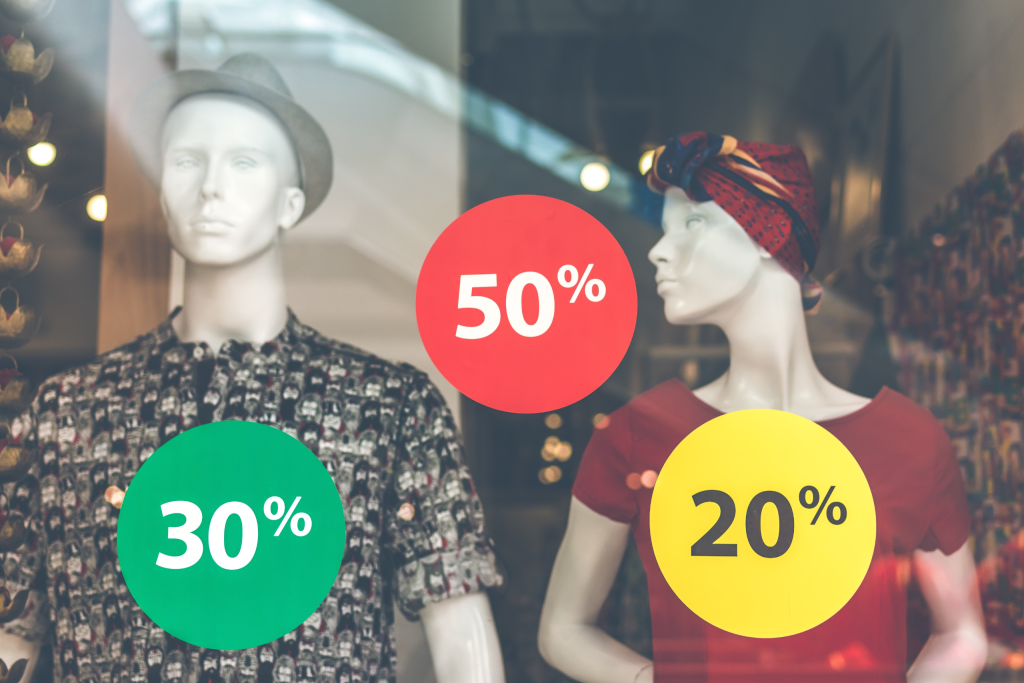In e-commerce, the sales mechanism of a brand influences conversions, sales, and profits. This mechanism is buyer-focused and pivots on customer communications and relationship building. It also shows how customers can benefit from the brand.
If your e-commerce brand already has its sales mechanisms in place, good going! But if you want to take your sales practice to the next level, you need to strengthen the framework. For this, you must evaluate existing data, conduct effective research, and employ strategies that strengthen your sales pipeline and increase the momentum of conversions. Let’s explore the process!
Review Existing Sales Data
To achieve your new sales goals month after month, you cannot rely on intuition. Instead, you must analyze your existing sales data to assess performance and determine if your existing sales strategy is working as expected.
Your existing sales data is your compass for understanding customer behavior, identifying the theme for your market research, and creating new marketing strategies. A detailed analysis of this data will reveal insights into which of your products are performing well and which ones are not. You can also better understand the challenges and opportunities of selling in certain marketplaces or to certain customer segments. Furthermore, this intelligence will help you make accurate sales forecasting and determine which sales activities are most likely to shoot up revenues.
Additionally, the presence of sales data helps the sales strategists understand customer behaviors and preferences.
Which products are they buying?
What are their needs and preferences?
Who are the most profitable customers?
Is there any emerging behavior pattern to leverage on?
By analyzing current sales data, you can determine the answers to these questions and implement data-driven strategies to satisfy customers and also meet your sales goals.
Create Accurate Micro-segments
As an e-commerce brand, you know your target audience. You are familiar with your customer’s personality sketch, including their estimated location, their preferences, and their demands. But do you view this audience as one large homogenous group? This is a mistake because it will pull down your sales numbers.
All you need to do is view your audience as micro-segments and create promotional strategies for each. Micro-segmentation is especially important if you have a wide product range and you also cater to customers in multiple markets. For instance, if you sell both menswear and womenswear, do you have separate marketing strategies for these product lines? If not, you are unlikely to appeal to these customer segments. Worse, some customers may get turned off and as a result, they can drop off.
Here’s another example. Suppose you sell most units of a product to customers in Australia but your messaging contains a lot of American lingoes. As a result, the customers of your target geography will feel that your brand ignores their unique location, background, and tastes and forces them to consume content that doesn’t really appeal to them. This will alienate them and adversely impact your sales figures.
To avoid alienating customers and prevent them from switching to competitors, segmenting them is crucial. Your messages must be hyper-relevant to the customers in each of these segments. Dig deep to understand them better and segment them based on details such as their product history, popular times or days when sales are highest, and which channel they use to arrive on your store (website, Facebook page, Amazon marketplace, etc.).
Design Sales Promotion Strategies and Measure the Results
At this point, you understand your customer base better. You can now design sales promotion strategies that are most likely to resonate with your micro-segments and give a much-needed boost to your sales pipeline.
Start by first determining if you want the promotion to be short-term or long-term. If you are promoting a new product, consider a long-term strategy to establish the product’s presence in the market and in your customers’ minds. One example of such a strategy is to provide a free accessory with the product. Another is to offer discount codes or mail-in rebates aimed at enticing more customers to complete a purchase. Make sure that these promotions don’t increase your costs or decrease your revenues.
On the other hand, if you are trying to get an old product off the shelves, a short-term or limited-time promotion would be more suitable to boost sales and prevent costly wastage. One example is a “buy one get one free” offer. Another is to provide the product for free to customers who recommend X friends to your brand. You can also include this product with another product as part of a “discounted combo pack.”
Make sure the marketing team is aligned on what you are trying to achieve with these promotions and why. If they have clarity on the strategy and its goals, they can design effective messaging to ensure a successful promotion that increases conversions and sales.
Also, set up appropriate KPIs to measure post-promotion sales performance and analyze the impact of promotions on the brand’s topline and bottom line. Regular assessments will help you assess the sales mechanism and its impact on the brand’s customers, revenues, and market presence. It will also reveal any gaps that you need to fill in the promotional strategy or messaging.
Conclusion
Many brand aggregators have been formulating the brand’s sales strategy on big-shot marketplaces – Ergode is one of them. We invest resources and expertise in brushing up on the sales mechanism of our acquired brand and also focus on improving the bottom line. Click here to talk to our e-commerce savvy experts.




